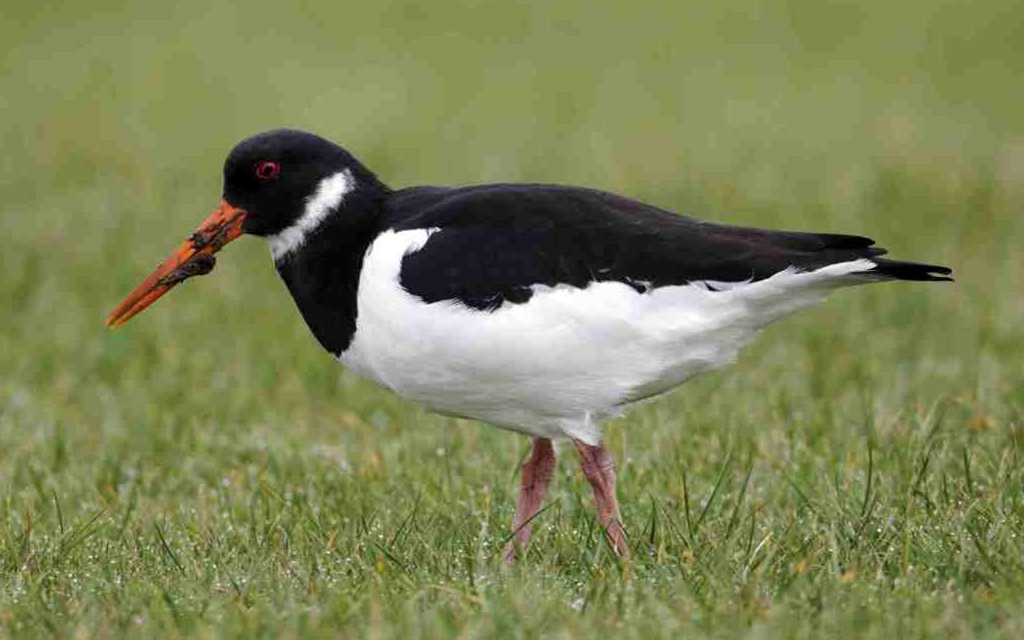A pair of rare Oystercatchers have spent more than a month nesting at a Herefordshire sand and gravel quarry.
The wading birds – which are a protected species in the UK – were first seen at Wellington Quarry, near Hereford, in early June and have remained at the Tarmac owned quarry ever since.
Since the birds were first spotted by quarry workers, a 30-metre exclusion zone was put in place to prevent the birds from being undisturbed from the field they are nesting on.
The soils excavated from the site (to gain access to the sand and gravel) are being used to create the margins of a lake as well as a gravel island that will provide additional bird nesting opportunities.
Quarry manager, Neil Carter, said: “We are really proud to perform our extraction operations in a respectful way with the local wildlife.”
Enrique Moranmontero, Tarmac restoration manager for the quarry, added: “Colleagues on site have taken to working around the exclusion zone to ensure that the birds are properly looked after, and importantly, are left undisturbed. We are doing everything we can to protect the nesting opportunities for the birds through our careful restoration works while undertaking our extraction operations.”
Oystercatchers are a large, stocky, black and white wading bird with a long, orange red bill and reddish pink legs. In flight, they show a wide, white wing stripe, a black tail and a white rump that extends as a ‘V’ between the wings.
Pairs of oystercatchers scrape out a simple nest at the top of a beach, or on the bank of a river or lake, and line it with tiny shells or pebbles. During April or May the female lays about three eggs and both parents help to keep them warm until they hatch.
There are believed to be only 110,000 pairs of breeding birds in the UK and an estimated 340,000 birds which spend their winters in the UK.

